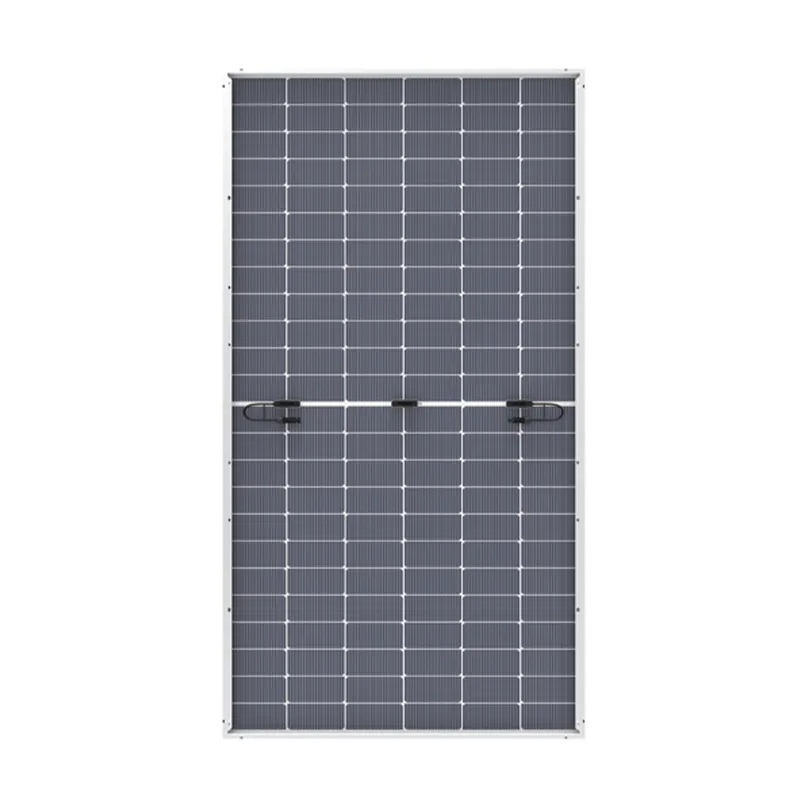Estimating Expenses for Solar Panel Installation and Setup Costs
Understanding Solar Panel Setup Costs A Comprehensive Guide
As the world shifts towards sustainable energy, solar power has emerged as one of the most popular alternatives to traditional fossil fuels. The decision to install solar panels is not only about embracing a green lifestyle; it also involves substantial financial considerations, particularly the setup costs. In this article, we will explore the various factors that contribute to the overall cost of solar panel installation, helping homeowners and businesses make informed decisions.
Initial Cost Overview
The cost of setting up solar panels varies widely based on several factors, including the size of the system, the type of solar technology used, and installation specifics. On average, the total cost of a residential solar panel system can range from $15,000 to $25,000 before any tax credits or incentives. For larger commercial installations, the costs can be significantly higher.
Key Cost Components
1. Solar Panels The type and efficiency of solar panels directly influence the overall cost. There are primarily two types of panels monocrystalline and polycrystalline. Monocrystalline panels are typically more efficient and have a higher price tag, while polycrystalline panels are more affordable but slightly less efficient. The choice between these panels largely depends on budget and space availability.
2. Inverters Solar inverters convert the direct current (DC) produced by solar panels into alternating current (AC), which is used by most household appliances. The cost of inverters varies depending on the technology (string inverters, microinverters, or power optimizers) and can contribute a few thousand dollars to the total installation cost.
3. Mounting Equipment The cost of mounting hardware ensures that solar panels are securely attached to your roof or the ground. This component varies depending on the roof type and the chosen installation method, ranging from several hundred to a couple of thousand dollars.
4. Labor Costs Installation costs can vary depending on the contractor, the complexity of the installation, and the geographical location. Labor costs typically account for about 10-20% of the total installation cost. To get the best deal, it’s advisable to obtain quotes from various contractors and ensure they have a good reputation.
solar panel setup cost

5. Permits and Inspections Local regulations often require permits and inspections before and after installation. Fees associated with obtaining these permits can add another few hundred dollars to the overall cost. It's important to factor in these costs, as they are often overlooked.
Incentives and Financing Options
In many regions, various financial incentives can significantly reduce the initial outlay for solar panel installation. The U.S. federal government offers a solar investment tax credit (ITC), which allows homeowners to deduct a percentage of the installation costs from their federal taxes. Many state and local governments provide additional tax credits, rebates, or grants.
Financing options also play a critical role in making solar energy more accessible. Homeowners can consider solar loans, leases, or power purchase agreements (PPAs) to manage upfront costs. Each option has its pros and cons, and understanding these can aid in making a financially sound decision.
Long-Term Financial Considerations
While the initial setup cost of solar panels can be significant, it's essential to think about the long-term savings. Solar panels can drastically reduce electricity bills, and in many cases, homeowners can recoup their investment within a decade. Additionally, solar energy increases property value and provides a hedge against rising energy prices.
Conclusion
The cost of setting up solar panels can appear daunting at first, but understanding the various components involved in the installation process can provide clarity. By assessing your energy needs, exploring financing options, and taking advantage of available incentives, you can make a well-informed decision that benefits both your wallet and the environment. As technology and financing options evolve, the path to solar energy becomes increasingly feasible for homeowners and businesses alike.
-
Unlocking Energy Freedom with the Off Grid Solar InverterNewsJun.06,2025
-
Unlock More Solar Power with a High-Efficiency Bifacial Solar PanelNewsJun.06,2025
-
Power Your Future with High-Efficiency Monocrystalline Solar PanelsNewsJun.06,2025
-
Next-Gen Solar Power Starts with Micro Solar InvertersNewsJun.06,2025
-
Harnessing Peak Efficiency with the On Grid Solar InverterNewsJun.06,2025
-
Discover Unmatched Efficiency with the Latest String Solar InverterNewsJun.06,2025







